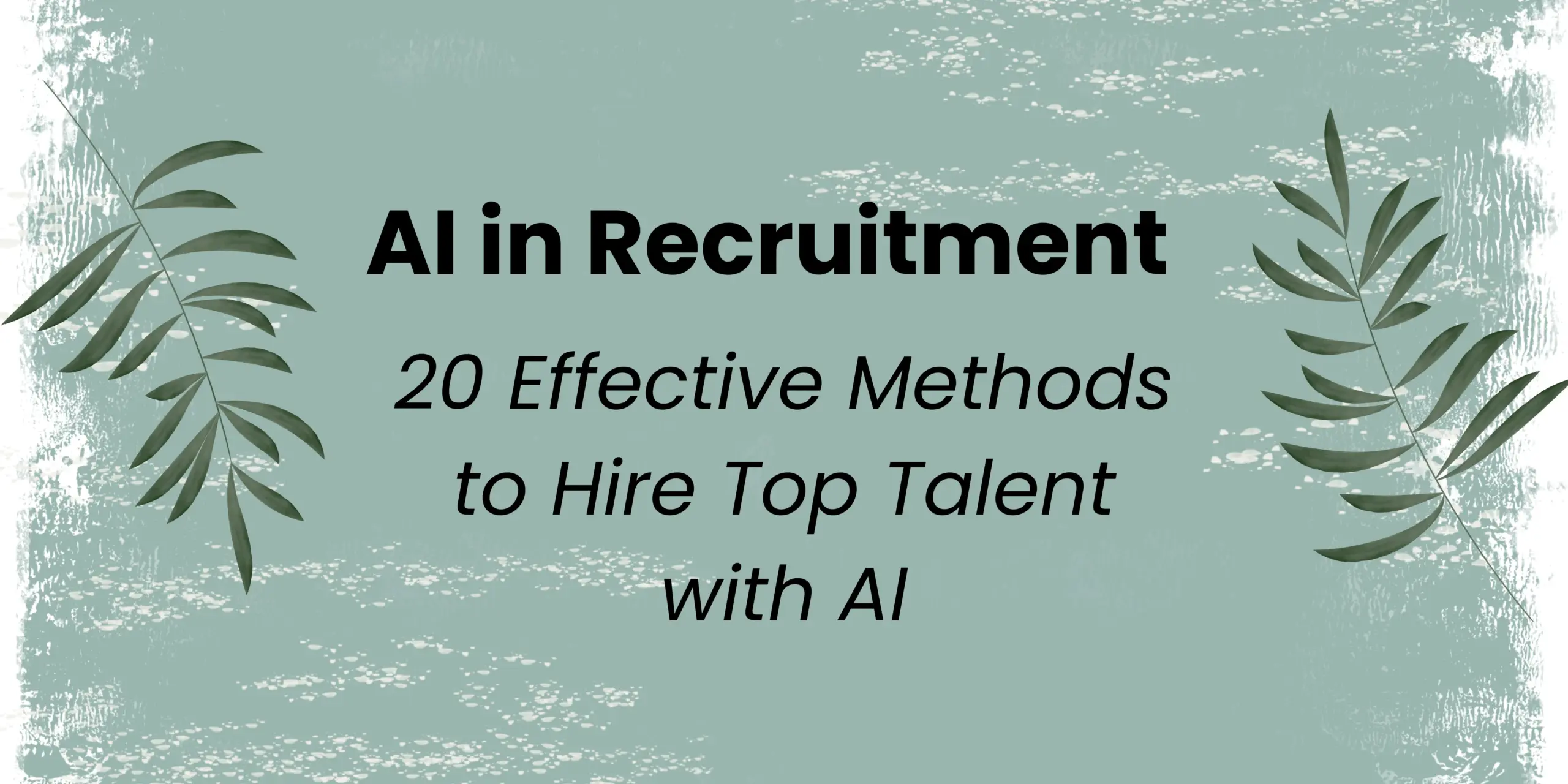Onboarding is taking a recruit and making them a part of your company. This process is extremely important to the recruit, because it allows them to understand everything about your company, depending on the smoothness of their recruitment process, and the fulfillment of the 5 Cs of employee onboarding. This metric, which allows the recruit to grasp the nitty-gritty of the company, is vital for the integration of the recruit into the company, and for the acclimatization of the recruit to their new work environment! In addition to just acclimatizing the recruit with the company, the new employee will also learn about their job description, the position they will fulfill, and the expected goals and objectives of their role.
Here Are 5 Key Points To Understand The 5Cs
- Workplace Environment – The 5Cs aim to allow the newly hired employee to get adapted slowly to their new environment, and to the new culture that is around them in the form of the workplace environment.
- Informatory Overload – During the onboarding process, the recruit has many questions, most of which go unanswered. Answering these questions, no matter how important, allows the recruit to get comfortable with the company, as they learn more about it.
- Goals and Objectives – During onboarding, establishing goals and objectives so you can go back down the line to analyze if they were completed allows for a complete understanding of the improvement of the employee, after their joining the company.
- Policies – Each company has unique regulations and regulatory policies which have to be introduced to the recruit to allow smoothness between the rules and the recruit, and to allow them to understand what to do and what not to do.
- Mentorship – Having someone that you can go to when you need help is important. Even more so when you are a newcomer to a company. Having a mentor, or someone who is available to provide assistance to you is important because it gives you closure and support.
5Cs of Employee Onboarding
Compliance
Compliance in the onboarding process can be summarized as the showcasing of important company documents, rules, regulations, and obligations which the recruit has to follow to the T. Other than just departmental documents, the employee will also understand other rules which follow suit in real life as well – which include harassment, and confidentiality when it comes to their workplace and their job. Understanding the rules which the employee has to work with allows the employee to slowly understand certain parameters, which will give them a greater understanding of the organization as a whole.
Clarification
Clarification is an important stage in the learning curve and onboarding of the employee. Clarification allows the employee to grasp things they don’t know about the organization through communication, and questions they ask their recruiter, supervisor, or mentor. In this stage of the process, the questions are not the primary objective. Rather, the primary objective in the clarification stage is to create comfortability, reliability, trust, and initiative, which will be skills that build the foundation for the employee. This stage is essential for the adaptability of the employee and truly allows them to understand the organization from the ground up.
Culture
Knowing about a company’s culture is beneficial to the recruit because if they are comfortable, or already aligned with the culture, further integration will become much easier. Furthermore, learning about the norms, beliefs, and values which come in the form of the company’s mission statement, vision statement, and history. The vision statement allows the understanding of where the company wants to go in the long run. The mission statement allows the understanding of how the company will get to the vision statement’s goal through a blueprint. The history of the company is important to understand the roadblocks the company has faced, and how it got past them.
Connection
Mentorship is important. Having someone you can go to if you need any help is vital, and has multiple benefits.
Being Overwhelmed – Having someone you can go to if you are overloaded with information or work allows you to ease out your workload.
Comfortability – Having someone you can talk to makes you comfortable with not just the people, but the organization.
Link – Putting new recruits with other existing employees allows the forging of bonds and relationships, which reduces the stress and feeling of being overwhelmed.
Check Back
Checking back, the final C is the best way to complete your initiation in a company. After you learn everything you need to know about a company, set your objectives and goals, and begin working, you check back on yourself and reflect on if you achieved those goals or not.
Conclusion
Onboarding, as a tough transition period, can be hard, but using such frameworks, which allow greater adaptability, promote changes, and allow you to reflect on your goals, it can be made easier.




